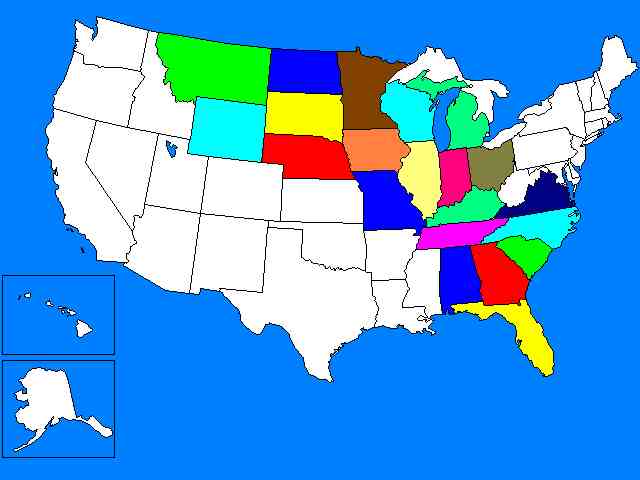The paint scheme an aircraft builder choses for his or her ride speaks volumes about that person. When I set eyes on the tail of the Glastar owned by Carlos Emmons of Villa Rica, Georgia, I knew I’d met a kindred spirit. Emmons’ Glastar sports the symbol from the television series, “Star Trek, The Next Generation.”
It’s fitting, says Emmons, because his Glastar truly represented the next generation in aviation when he was building it 1996.
 “Considering that back when I was building the airplane, glass cockpits were not the norm in GA, having a touch screen EFIS system in my airplane made a futuristic theme stick in my mind,” he says. “The airplane’s name, Glastar, gave me the inspiration to treat her as my personal starship and, having been a Star Trek fan, that simply followed. I used some Star Trek-inspired images while programming the EFIS system, as well as some logos on the exterior.”
“Considering that back when I was building the airplane, glass cockpits were not the norm in GA, having a touch screen EFIS system in my airplane made a futuristic theme stick in my mind,” he says. “The airplane’s name, Glastar, gave me the inspiration to treat her as my personal starship and, having been a Star Trek fan, that simply followed. I used some Star Trek-inspired images while programming the EFIS system, as well as some logos on the exterior.”
In the cockpit, the Glastar sports the standard six-pack steam gauges accompanied by a GRT engine information system, VHF radio, transponder, Lowrance GPS, iPad and the homemade EFIS system Emmons designed and programmed himself.
“The homemade EFIS system has evolved over the years from simply displaying engine parameters to full AHRS, GPS navigation integration, flight directors, moving map, autopilot, alarms, checklists and logbooks,” he says.
 Emmons, who earned his pilot’s license in 1977, makes his living flying other people’s airplanes. When he decided to build his own plane, he chose the Glastar for its “supposed ‘quick’ build time,” he says.
Emmons, who earned his pilot’s license in 1977, makes his living flying other people’s airplanes. When he decided to build his own plane, he chose the Glastar for its “supposed ‘quick’ build time,” he says.
“It was one of the first kits to have matched hole construction,” he says, noting he also liked “its looks and performance.”
Build time was approximately 2,200 man hours, with first flight in early 2002.
Under the cowl is a Lycoming O-320 160-hp engine attached to a Hartzell CS propeller.
“Sorry, no warp drive yet!” Emmons jokes.
The airplane is a regular at Oshkosh, but you’re also likely to see Emmons at other fly-ins and airports around the country. Emmons keeps a map that documents the airplane’s travels.
 “The airplane is perfect to do both $100 hamburger or Young Eagles flights,” he says. “It has respectable cross-country performance, great hauling ability, and long range with 50-gallon fuel capacity. It’s a great all-around airplane.”
“The airplane is perfect to do both $100 hamburger or Young Eagles flights,” he says. “It has respectable cross-country performance, great hauling ability, and long range with 50-gallon fuel capacity. It’s a great all-around airplane.”
 Gene Roddenberry, the creator of “Star Trek,” would probably agree. Roddenberry, an accomplished pilot, flew B-17s during World War II. After the war he was a pilot for Pan American World Airways. His aviation experience factored into the creation of “Star Trek.” In the series, the Starfleet symbol is an inversion of the Lift over Drag/Max glide graph in the Jeppesen Private Pilot textbook, while the symbol for the enemy Klingon Empire bears a striking resemblance to the FAA symbol (insert your own joke here).
Gene Roddenberry, the creator of “Star Trek,” would probably agree. Roddenberry, an accomplished pilot, flew B-17s during World War II. After the war he was a pilot for Pan American World Airways. His aviation experience factored into the creation of “Star Trek.” In the series, the Starfleet symbol is an inversion of the Lift over Drag/Max glide graph in the Jeppesen Private Pilot textbook, while the symbol for the enemy Klingon Empire bears a striking resemblance to the FAA symbol (insert your own joke here).
Emmons has flown his airplane to AirVenture for more than 10 years, and he plans to keep coming. You’ll likely find it in the homebuilt display area.
